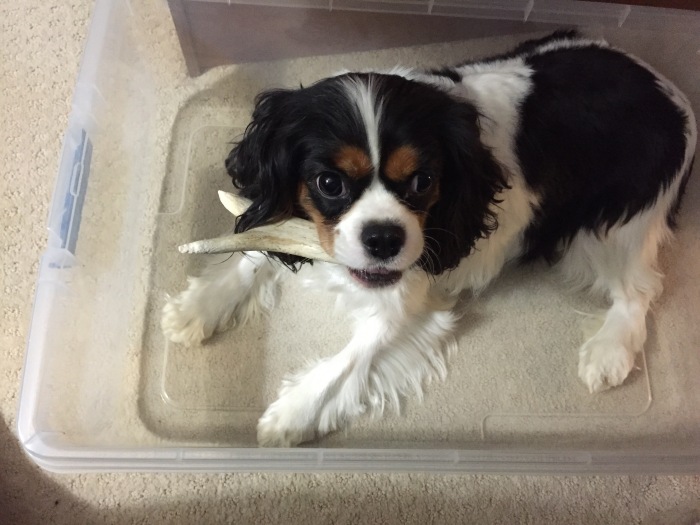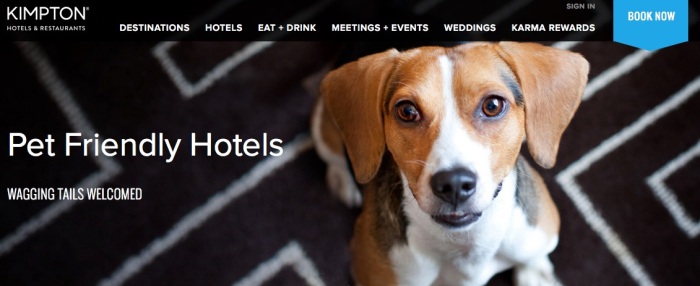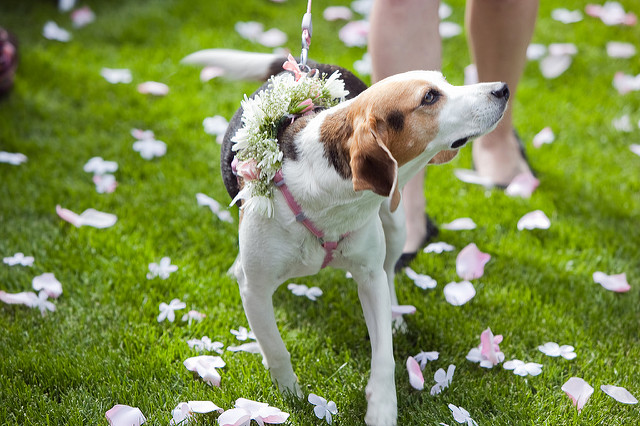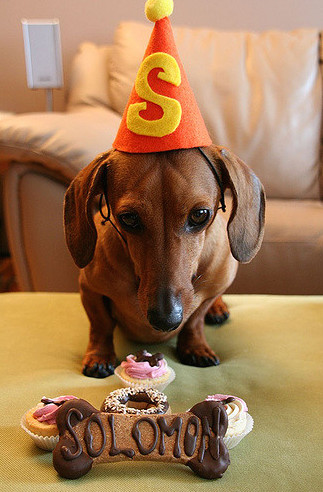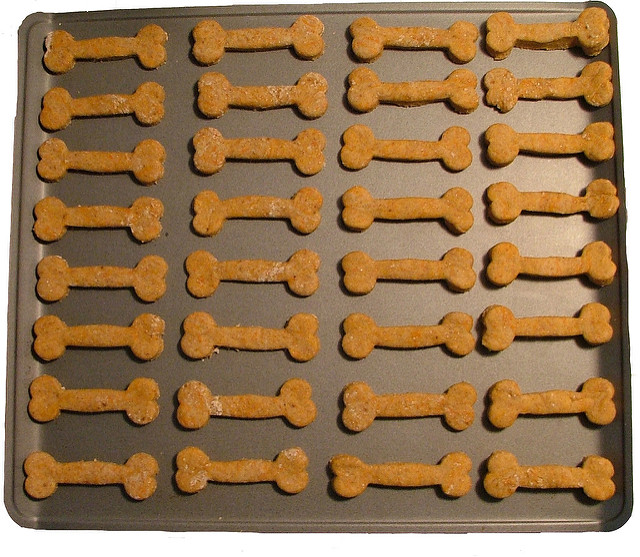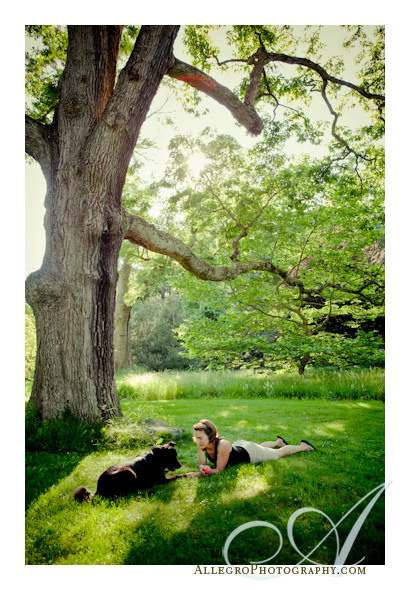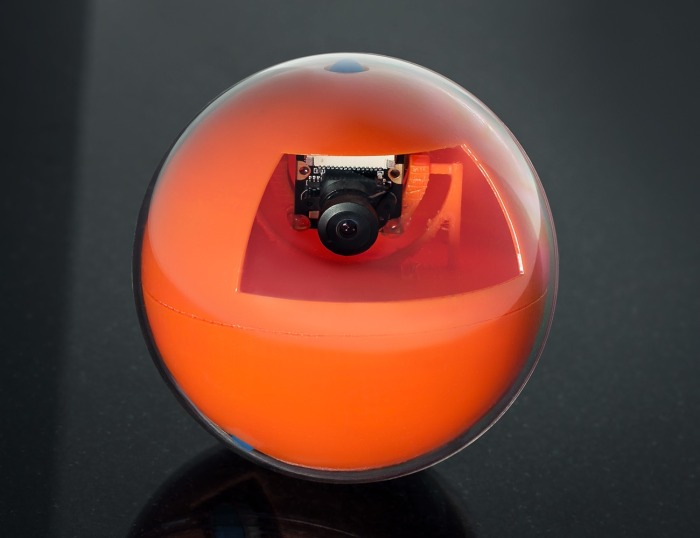I’m a proud dog dad to Bitsy and lately I’ve been considering adding second pooch to our little family. Prior to adopting Bitsy I did a lot of research about training dogs and adopting rescues; making informed decisions is important to me. This decision is particularly important because it affects Bitsy as much as it affects me. I reached out to friends and read up on the subject and I thought it would be helpful if I discussed it with my readers.

Is Your Pet Ready for a New Dog Friend?
In the excitement of adding to your pack, this simple question is sometimes forgotten. Some dogs just don’t socialize much with other dogs or just prefer the company of humans. If you don’t frequently take your dog to the dog park or know how your animal interacts with other dogs, it’s time to find out! Find a friend with a very dog-friendly dog and introduce your animal in a safely fenced neutral territory. If the introduction goes well, you can move on to step 2!

Pick the Right Pooch!
If your current dog is an aggressive alpha dog, it’s best to look for an animal that will defer to the “top dog.” Conversely, if your dog is more submissive, adding a dominant dog could be an ideal choice.
Also think about other common dog traits. Do you have an older dog or one that likes to lounge around? Adopting a high-energy playful puppy could be quite annoying to your current dog. Find an animal whose temperament matches your dog’s personality better.
Does your dog prefer playing with males or females? If you know your dog has a preference, considering adopting from that gender. Oftentimes, dogs will enjoy playing with the opposite sex.
Another consideration is the size of the dogs. Even if your big dog is really friendly, she could accidentally harm a much smaller dog. It is possible to have canines of two different sizes, but it takes extra management and awareness on the owner’s part.

Making the Introduction!
Once you’ve determined that your dog is ready for a new friend and picked an animal that seems like an ideal fit, it’s time to make the introduction! It’s best to introduce the two animals before you make a firm commitment to adopt dog two in case things don’t go exactly as planned.
Enlist the help of a friend and bring both dogs into the space on leashes. Each of you should have treats and calmly enter the space with your respective dogs. Once the dogs notice each other, calmly begin feeding them and make sure they keep the focus on you. Once they start to notice each other, start feeding them more slowly until they are focused both on you and the other animal. Watch carefully for body language. The dogs may be anxious or hesitant, playful, excited, fearful, or aggressive. If either animal gets overly worked up, such as lunging, frenzied barking, or snapping, stop the interaction immediately.
If the dogs seem relaxed and happy, drop the leashes while still at a distance and allow them to greet each other. To be safe, leave the leashes on for a few minutes in case they get aggressive and you need to pull them apart. Once it’s clear that they are getting along, call them back so you can remove the leashes and allow them to interact without getting tangled.
Once you’ve observed them playing together safely, bring them both into your home. You must carefully observe their interactions over the next 24 hours so that you can stop unwanted behavior before it escalates into fighting.

Set Yourself Up for Success!
You have done much to prep for the arrival of this second dog in your home so you are probably breathing a sigh of relief! It’s great to celebrate the success thus far but make sure you set yourself up for success in the future. Remain vigilant throughout the entire “getting to know each other” process.
Equip your home with baby gates or find a way to separate the dogs when you’re not home to supervise. Also make sure to feed them separately so there are no territorial issues over food.
Remember that your new dog needs more attention than an established dog, but it’s also important to spend quality time with each pooch individually and together.
At this point, I am not sure whether I will be adding another dog to our pack, but after doing the research I feel confident that I will be able to handle it if I decide to get Bitsy a playmate. What do you all think? Do you have experience with multi-dog households or other suggestions on how to make it work? Please share your stories of triumph or disaster. I would love to read your comments below!










